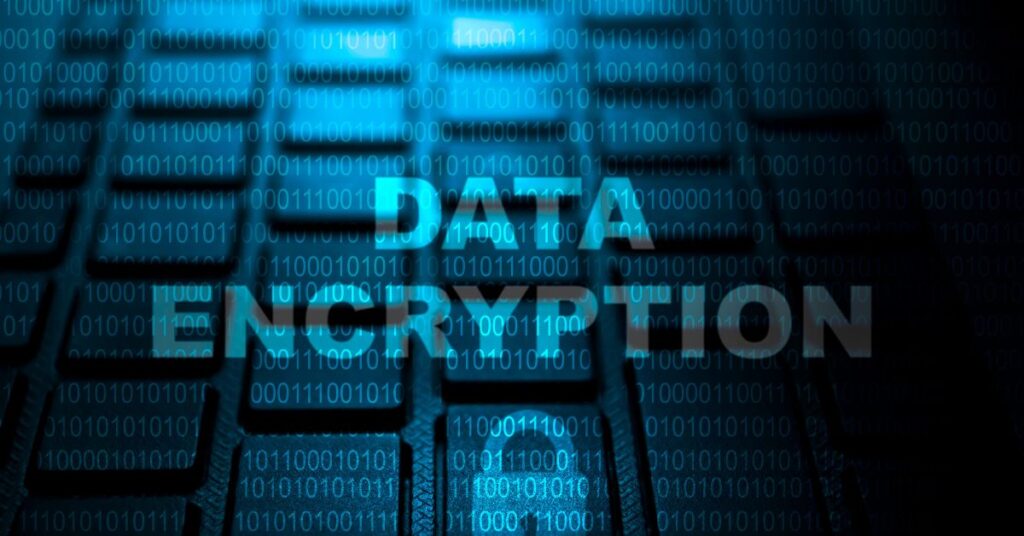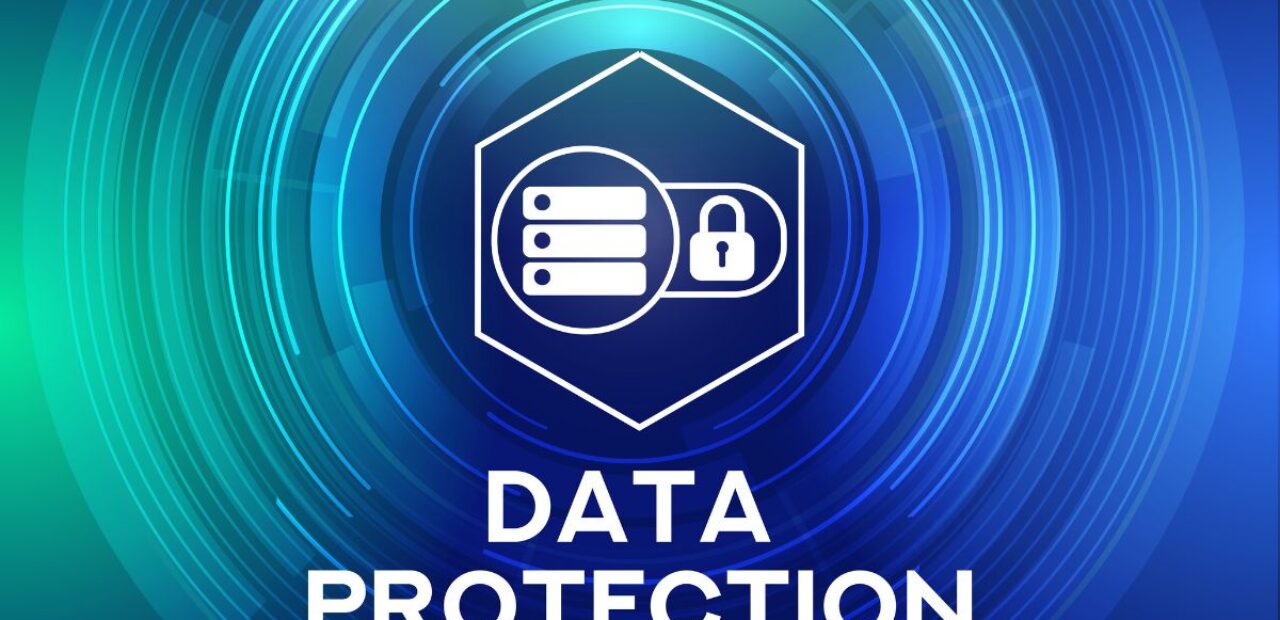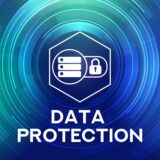Cybersecurity Challenges and Best Practices to Protect Your Business from Data Breaches
In the age of digital transformation, businesses are increasingly reliant on technology and the internet for various aspects of their operations. While this has undeniably led to numerous benefits, it has also exposed companies to a plethora of cybersecurity risks. Data breaches, in particular, have become a prevalent concern, with organizations constantly grappling with the challenge of protecting their sensitive data and online assets. In this guest post, we will discuss the nature of these threats, how data breaches occur, and the potential consequences that businesses may face. Additionally, we will share some best practices that organizations can adopt to secure their data and networks.
Understanding Data Breaches and Their Consequences

A data breach occurs when unauthorized individuals gain access to confidential information, such as customer records, financial data, or intellectual property. These breaches can result from cyberattacks, insider threats, or even human error. The consequences of a data breach can be far-reaching, impacting not only the affected organization but also its customers, employees, and stakeholders. Some of the possible ramifications include:
Financial loss:
Data breaches often lead to significant monetary losses, both in terms of immediate expenses (e.g., legal fees, public relations efforts) and long-term costs (e.g., lost business, diminished customer trust).
Reputational damage:
A data breach can severely tarnish a company’s reputation, making it difficult to regain consumer confidence and maintain a competitive edge in the market.
Legal and regulatory penalties:
Companies that suffer data breaches may face fines, lawsuits, and other legal repercussions, depending on the jurisdiction and industry-specific regulations.
One prominent example of a severe data breach is the 2013 Target incident, where cybercriminals accessed the payment card information of more than 40 million customers. This breach resulted in substantial financial losses, reputational damage, and legal consequences for the retail giant. Another notable example is the 2017 Equifax breach, which exposed the personal data of nearly 148 million consumers, leading to massive financial and reputational fallout for the credit reporting agency.
Best Practices for Protecting Your Data and Networks

To safeguard their online assets, organizations should implement robust cybersecurity protocols and adopt the following best practices:
Regular risk assessments:
Conduct periodic risk assessments to identify potential vulnerabilities in your IT infrastructure and develop strategies to mitigate these risks.
Employee training and awareness:
Invest in comprehensive cybersecurity training programs for employees to minimize the likelihood of human error and insider threats. This includes raising awareness about phishing attacks, safe password practices, and the proper handling of sensitive information.
Strong access controls:
Implement stringent access controls to restrict unauthorized access to sensitive data and systems. Role-based access control (RBAC) can be particularly effective in limiting user access based on their specific job functions.
Network segmentation:
Separate critical systems and data from other parts of your network to limit the potential impact of a breach. This can help contain an attack and prevent it from spreading throughout the organization.
Multi-factor authentication (MFA):
Use MFA for all user accounts, especially those with access to sensitive data or administrative privileges. MFA adds an additional layer of security by requiring users to provide two or more forms of identification during the authentication process.
Regular software updates and patch management:
Keep all software up-to-date and apply security patches promptly to fix known vulnerabilities. This helps reduce the risk of attackers exploiting outdated software to gain unauthorized access to your systems.
Incident response planning:
Develop and maintain a detailed incident response plan to ensure a swift and effective response to potential data breaches. The plan should include clear guidelines on roles and responsibilities, communication procedures, and steps for containment, eradication, and recovery.
Data encryption:

Encrypt sensitive data both at rest and in transit to protect it from unauthorized access. Encryption ensures that even if data is intercepted or accessed without authorization, it remains unreadable and useless to the attacker.
Continuous monitoring and threat intelligence:
Implement continuous monitoring of your IT environment to detect and respond to potential threats in real-time. Leverage threat intelligence to stay informed about emerging threats and vulnerabilities, allowing you to proactively address potential risks.
By partnering with a reputable Data Breach Company, organizations can benefit from expert guidance and support in implementing these best practices and strengthening their overall cybersecurity posture.
Conclusion
In today’s digital landscape, no organization is immune to the threat of data breaches. By understanding the risks and challenges associated with data breaches and adopting effective cybersecurity measures, companies can significantly reduce their chances of falling victim to such incidents. With the right combination of technology, processes, and employee education, businesses can successfully safeguard their sensitive data and online assets, ensuring the continued growth and success of their operations. As the consequences of data breaches become increasingly severe, it is more important than ever for organizations to prioritize cybersecurity and invest in the necessary resources to protect themselves from these ever-evolving threats.













